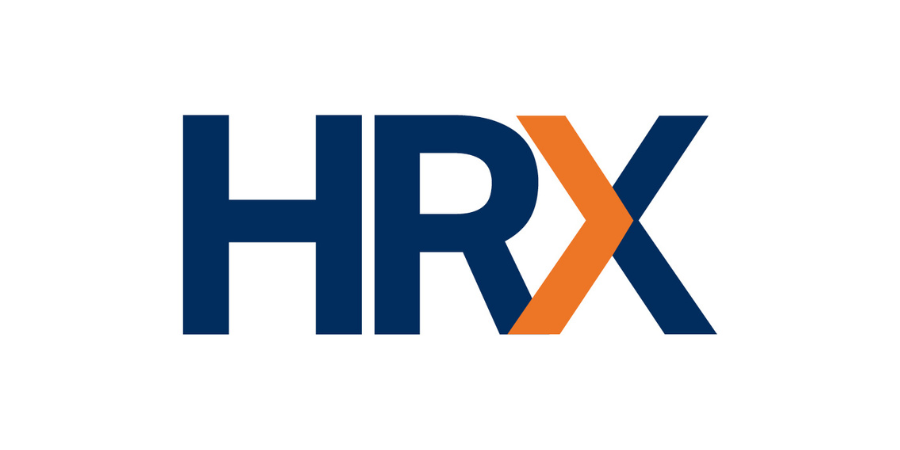Best Practices for Verifying Social Security Data
Verifying employee Social Security numbers (SSNs) through the Social Security Administration (SSA) database is fairly simple, but the process can be confused with verifying an employee’s identity and employment eligibility on the Employment Eligibility Verification Form (I-9 Form) or with the E-Verify system.
The verification is required at the time of hire so an employer can ensure names and Social Security numbers match information in the Social Security Administration (SSA) database. This is necessary for accurate reporting of payroll information to the SSA and the Internal Revenue Service. Districts can easily verify SSA information online.
In contrast, completing Form I-9 or using the E-Verify system is required to validate an employee’s eligibility to be legally employed in the United States. Instructions on the E-Verify website clearly state the process shouldn’t be used to verify an individual’s SSN.
New employees are required to provide the district with their SSN and their name as it appears on the official card. It is important to note that while employees typically present their Social Security card at the time of hire, their ability to produce the card can’t be a condition of employment.
What if There Is a Discrepancy?
If a district learns an employee’s name and SSN don’t match SSA records, an HR staff member can ask to see the employee’s Social Security card to ensure the SSN and name have been correctly recorded in district records. Discrepancies may be the result of an unreported name change, a change in marital status, a stolen identity, or even just a clerical error. HR administrators should be aware an employee whose name and number don’t match shouldn't be terminated because the discrepancy doesn’t mean an employee is ineligible to work in the U.S.
Common Issues and Solutions
- Typographical Errors: Cross reference the failed verification with the district’s employment records. Check for misspellings and other data entry errors. In the case of hyphenated names, see if alternate versions work. Ask the employee to check his or her card and verify your data. If your employment records are incorrect, correct your records and resubmit the corrected data.
- Employment Records Match the Social Security Card but Verification Fails: Ask the employee to check with the local SSA office to resolve the issue. Once the employee has contacted the SSA he or she should inform you of any changes. You should correct records accordingly and resubmit the corrected data.
- Employee Is Unable To Provide a Valid Ssn or Is Unresponsive to Resolution Attempts: A best practice is to document the district’s efforts to obtain the correct information and retain for three years.
Avoiding Pitfalls
Just as the process for SSN verification is relatively simple, so is the potential for making an honest mistake. Everyone who could be involved in the process should be made aware that failure to obtain a match through the verification process is not grounds for suspension, termination, or discrimination. Finally, information obtained through the Social Security Number Verification Service (SSNVS) doesn't reflect immigration status.
For more information on verifying social security numbers and the Social Security Number Verification System, view the most recent SSNVS Handbook (pdf).

Keith McLemore
Keith McLemore joined HR Services in 2015 and assists districts with compensation planning and development. He has 17 years of experience traveling the state supporting public education employees.
McLemore received a bachelor’s degree from Southwestern University and a master’s degree from Texas Tech University, both with a focus on research analysis and design. He is a SHRM-CP.
HR Services

Subscribe to HRX
Stay up to date with all the latest HR news and trends by joining the HRX mailing list!





